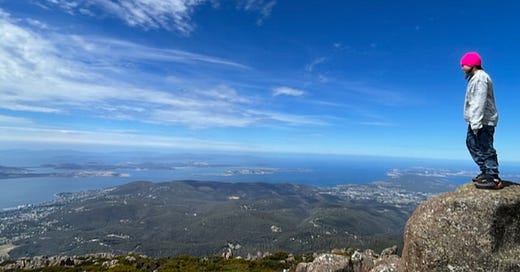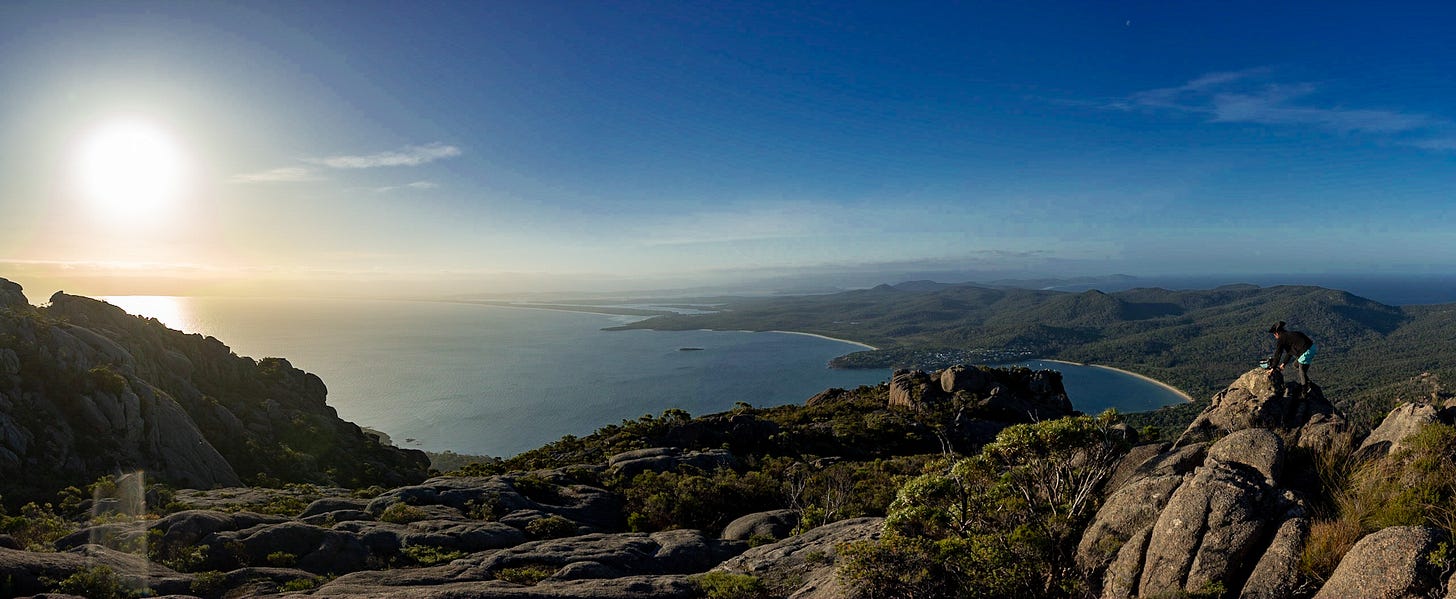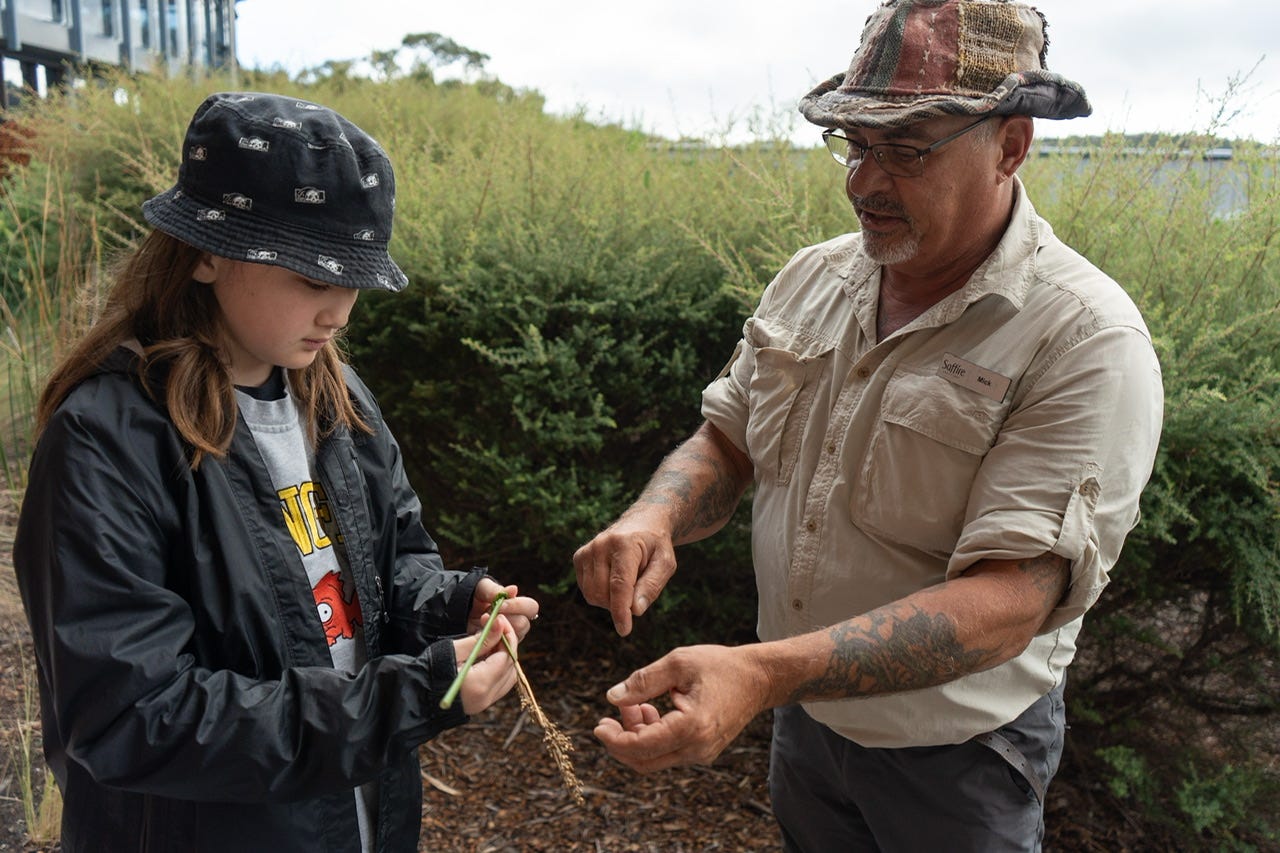One of the enduring delights and challenges of travel is that of anticipation: not knowing what to expect or what will happen and a tingling that, almost certainly, my notions about a place, a people, a culture, are about to be busted wide open.
Tasmania gave us the one-year anniversary of beginning our family sabbatical and an opportunity to learn about a place with unrivaled geographical and archaeological complexities. Plus, an experience (Bonorong, below) that Hudson dubbed “the best thing we have done on this trip!”
Wikipedia tells us that the aboriginal people of Tasmania have inhabited this island state for 40,000 years; however, more recent studies based on archaeological evidence suggests that the ancestors of the people we now consider the aboriginals walked down from Papua New Guinea 120-130,000 years ago!
We found Tasmania’s idiosyncratic and fiercely independent culture captivating. Tens of thousands of years ago, Tasmania was part of what is now mainland Australia, and before that the landmass was part of Gondwana, a supercontinent which held Antarctica at its center and whose breaking apart resulted in the majority of what we call our continents. Its current geographical state resulted from post-Ice Age rising seas cutting it off from Australia about 10-12,000 years ago. With only a little over half a million inhabitants, the island feels like a haven from the rest of the world, albeit one with a very difficult and violent past which resulted, at the hands of European settlers, sealers and whalers, in an almost complete elimination of the aboriginal people that had inhabited Tasmania for millennia.
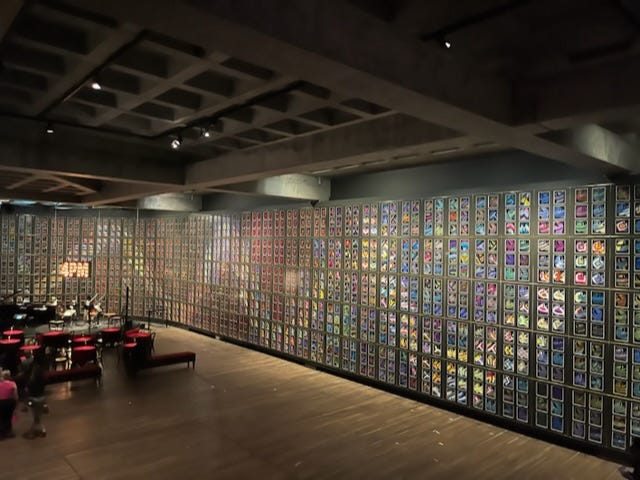
Perhaps Hudson’s favorite experience of our entire trip (and that is saying a LOT!!) was the Bonorong Animal Sanctuary (Bonorong means “native companion”). This lovely place rehabilitates a wide variety of animals (quolls, wombats, Tasmanian devils, lizards, huge variety of birds, etc.) for re-release into the wild and is the first wildlife vet clinic in Tasmania. Our fantastic guide Robyn began by paying respects to the Mumirimina people, part of the South East nation, that lived on and cared for the land for more than 40,000 years. None of the Mumirimina survive but Bonorong acknowledges the Palawa people, today’s Tasmanian Aboriginal community, as the traditional owners of the land. The acknowledgement we saw many in NZ and Tasmania give to the aboriginal community and to elders “past, present and emerging” resonated with us; as in Antarctica, a simple re-orientation of perspective, coupled with profound respect, rooted our learning and appreciation.
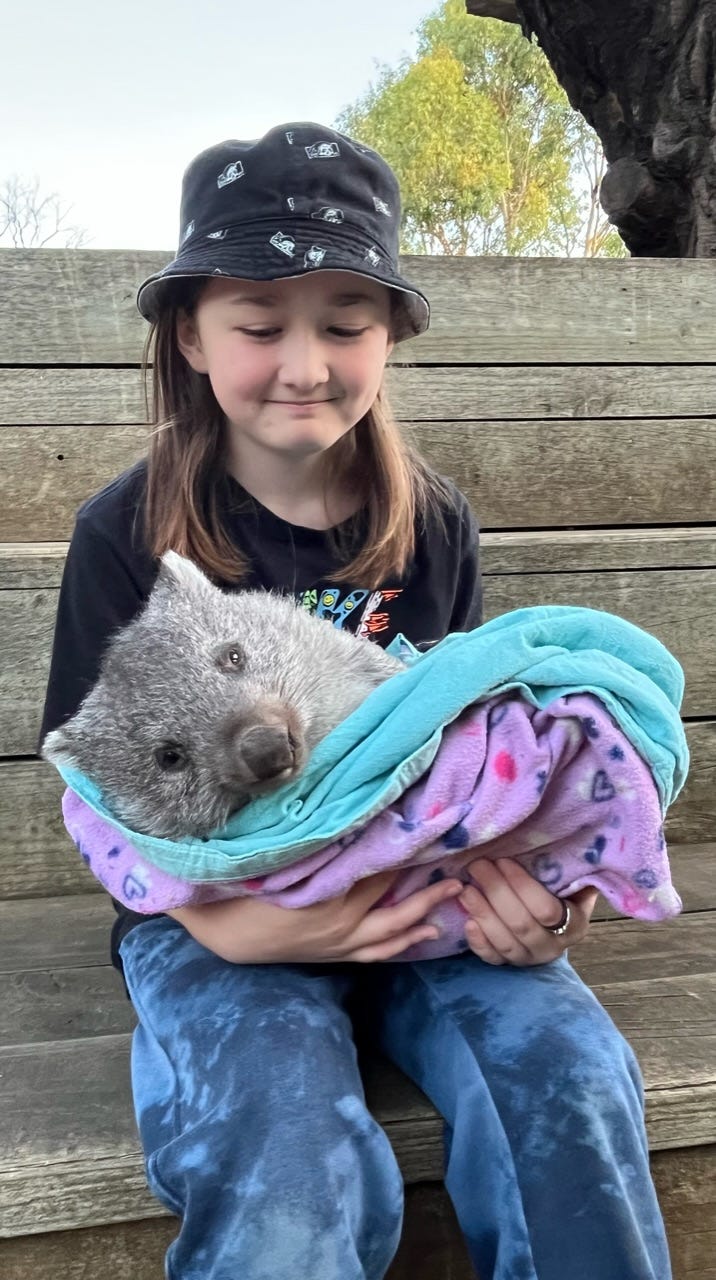
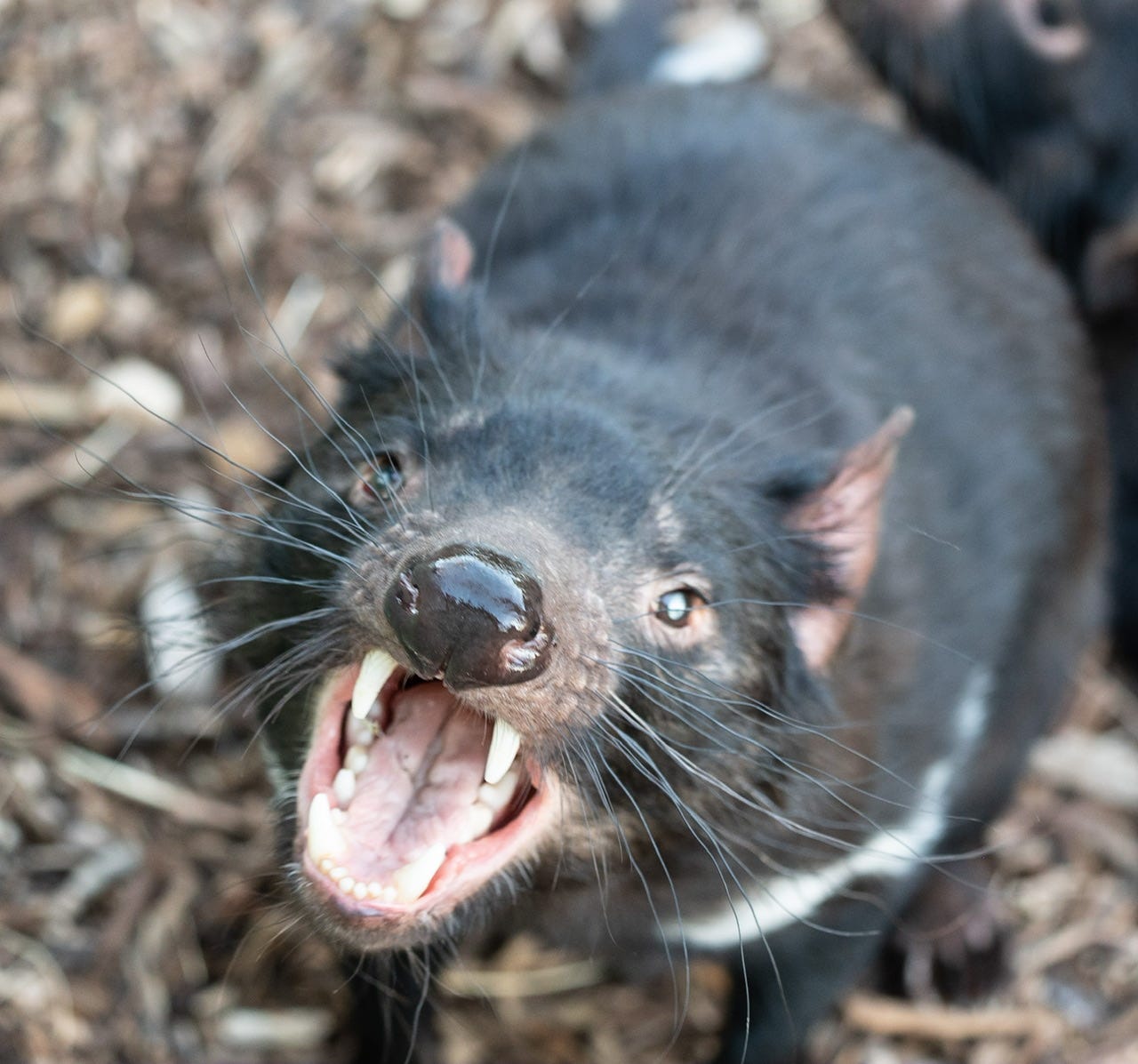
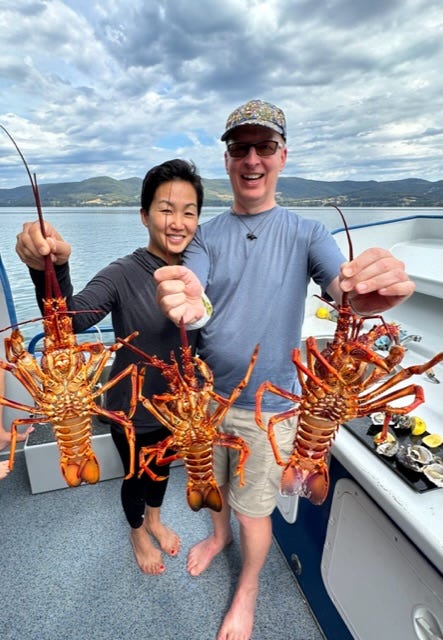
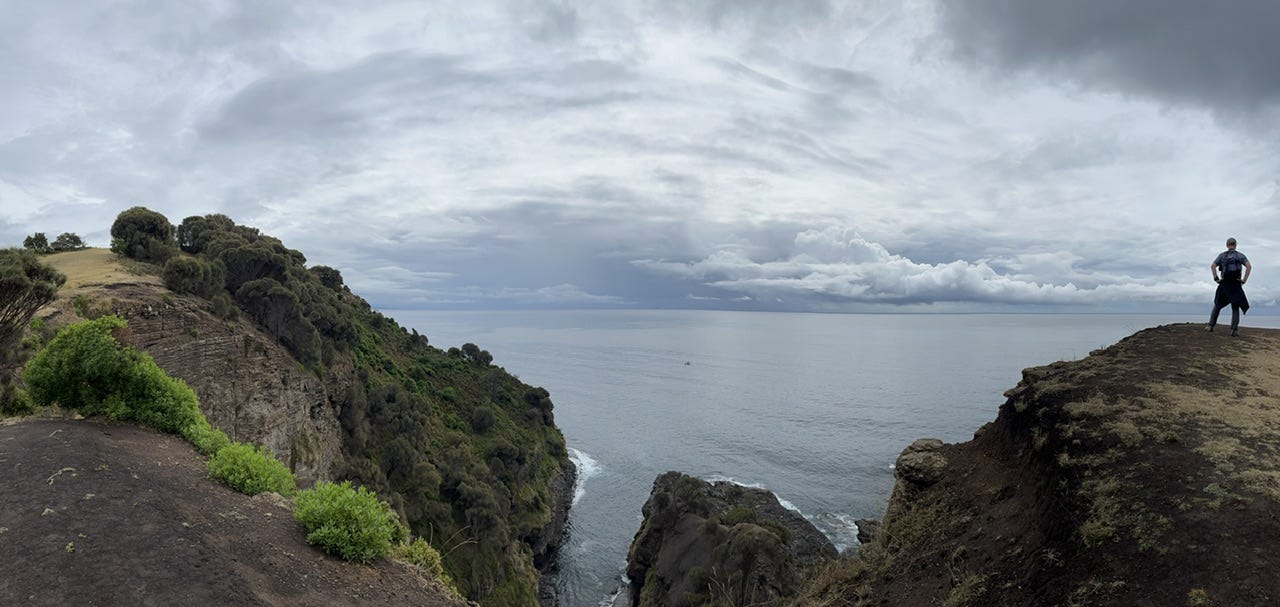
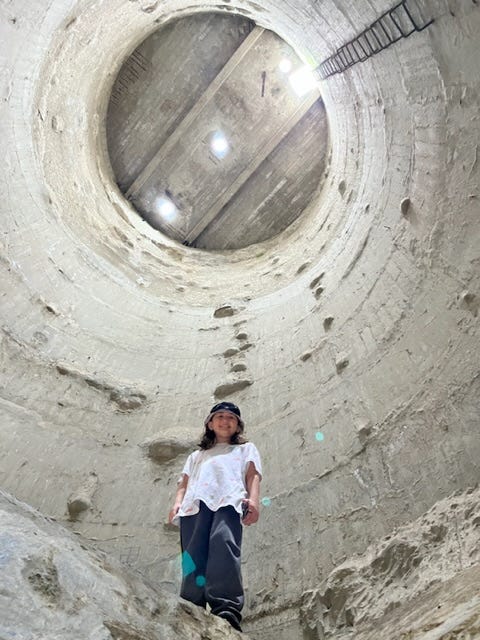
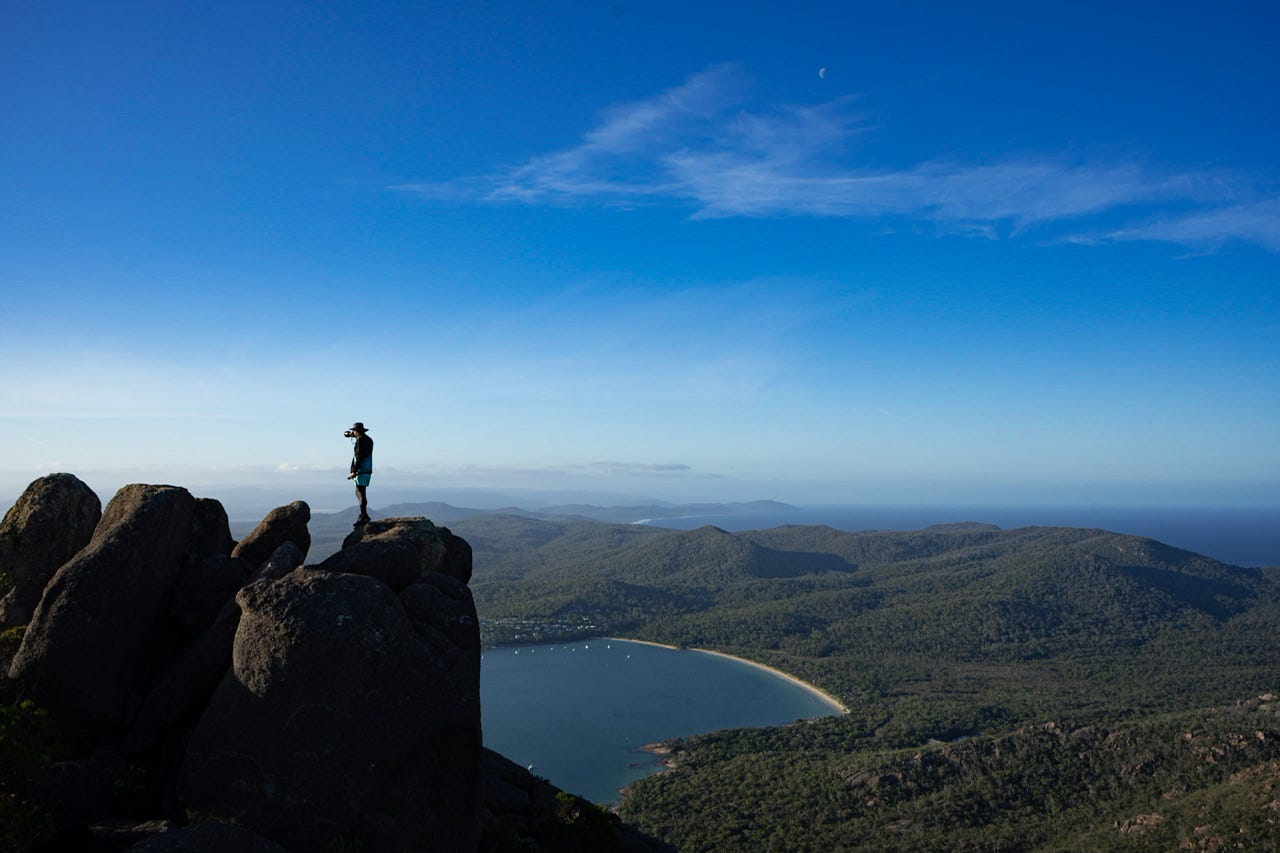
One of the most extraordinary experiences we had was learning from Mick Quilliam at Saffire Freycinet. He taught us (this is a woefully incompete list): how to weave rope, the uses for black (ax handles), brown (firestarter) and green (carvings/art) chert, bulrush and pile rush, kangaroo tail tendons (thread) and echidna quills (needles); medicinal qualities of the spicy pepperberry leaf (Hudson ate one, to Mick’s everlasting surprise and delight), myrtle, tea tree, eucalyptus sap, and sassafras bark. We learned about ancestral traditions, that women could free dive for up to 9.5 minutes to obtain food, that women would then build middens to record what was caught where and when, thus sustainably harvesting ocean life (these middens provide valuable archaeological information today), that the long-finned eel lives in saltwater and freshwater, that the mutton bird can dive up to 60 meters underwater, how blue gum music sticks and clubs are used and by whom, and the symbolism contained in aboriginal art, including his own works.
Mick grew up fishing on the grounds on which the hotel was built, and his stories about his family and ancestors granted us an understanding based on profound respect for his people’s culture and traditions, the land on which we stood, and the flora and fauna surrounding us.

